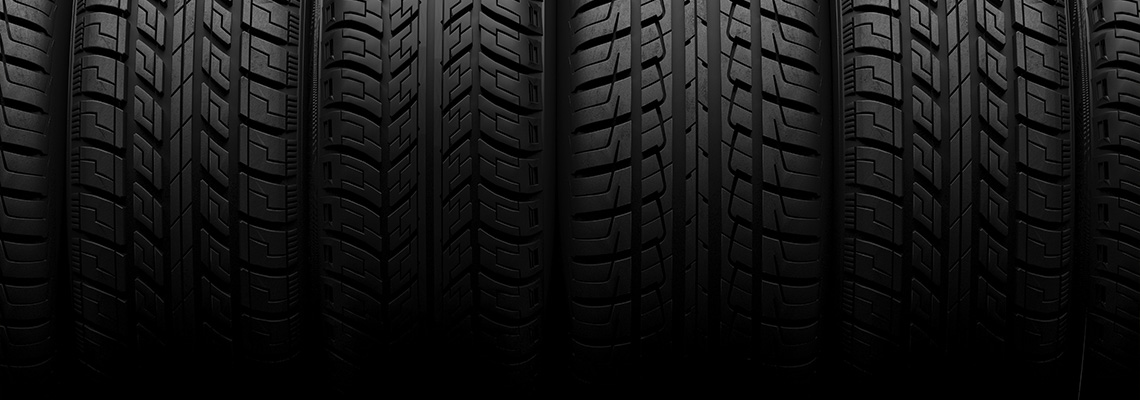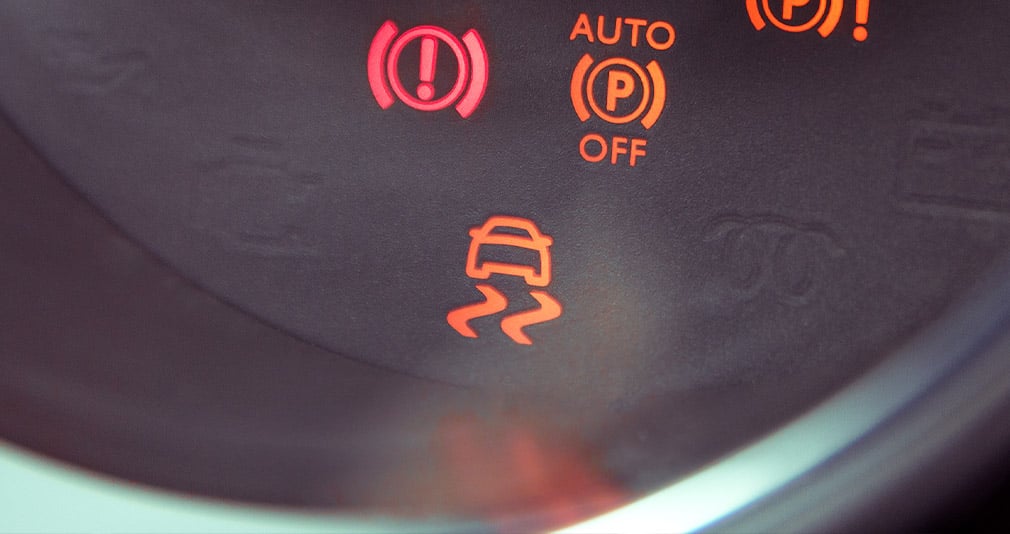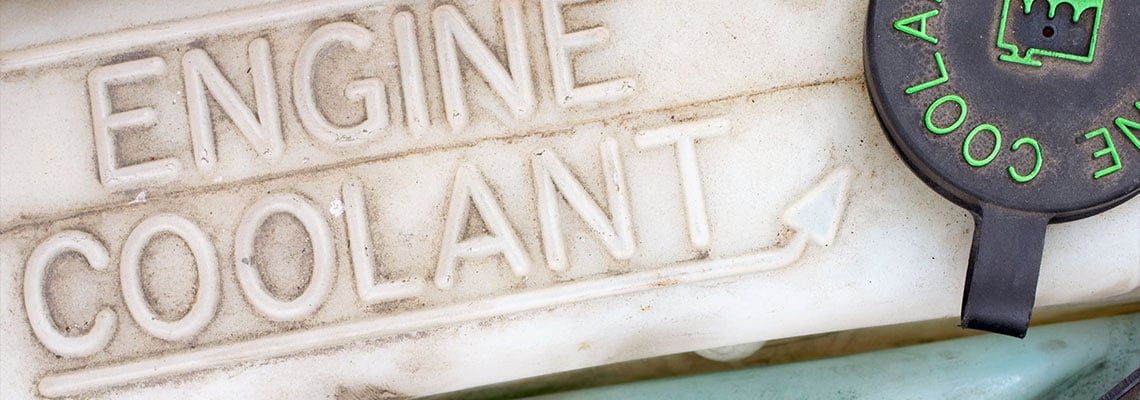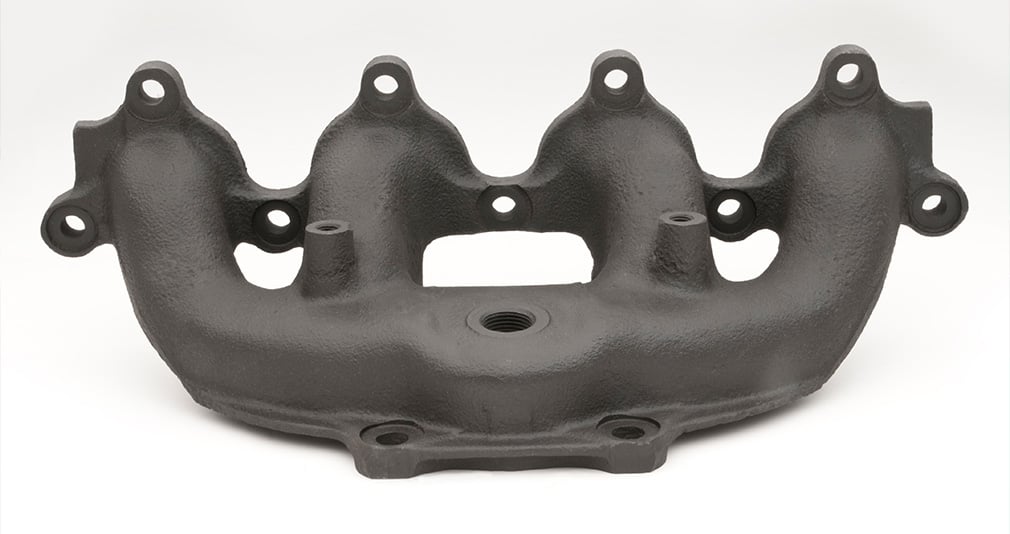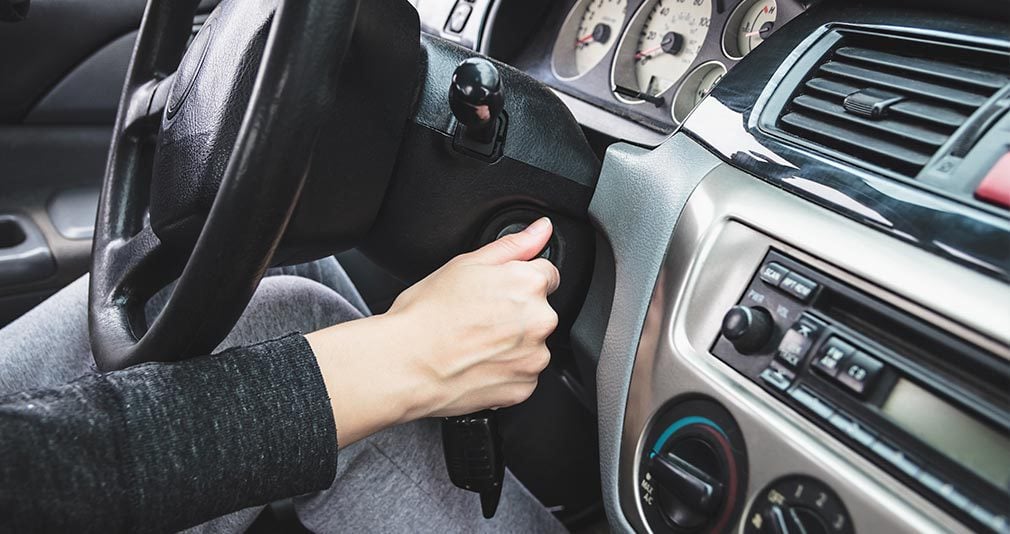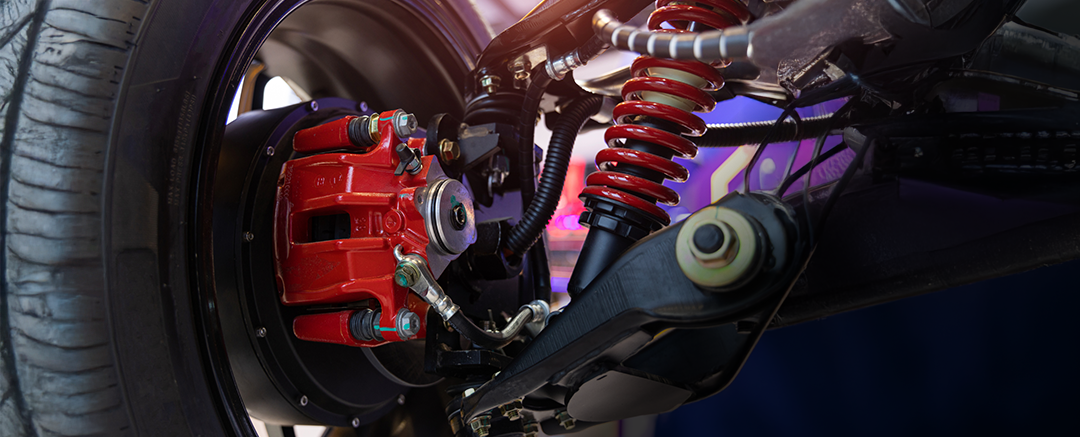Your car’s performance depends on how you treat your vehicle — from using the right engine oil and replacing worn belts to keeping up with your engine’s maintenance schedule. And while you’re at it, don’t overlook your tires. Taking care of them is one of the most important things you can do to ensure the safety of yourself and your passengers.
In addition to making sure your tires have the right air pressure, you should generally replace them every three to four years, depending on how much you drive and what kind of driving you do. If they’re more than six years old, experts recommend replacing them even if they still have plenty of tread. That’s because the rubber on your tires begins to deteriorate over time, making them vulnerable to dangerous blowouts and tread separation.
What Kind of Tires Do I Need?
If you haven’t given much thought to your tires, you might be surprised to learn how many options you have. Let’s look at three of the most important things you should take into consideration when buying tires.
Tire Size
Tires may come in just one shape, but they come in many sizes. Before making a purchase, check your owner’s manual or look at the sticker on the door jamb of the driver’s side door to find the recommended measurements for your vehicle. (This is also where you’ll find the recommended tire pressure.)
Buying the right size tire is the best way to make sure that your speedometer is accurate and that they won’t rub against any parts of the car’s body or suspension. Make sure all four tires are the same size, including the same width. Differences between tires can affect the wear of the tires and the handling of your vehicle.
Types of Tire
Are the current tires on your car designed for summer? Winter? Year-round use? It’s important to know because each type performs differently.
All-season tires: As their name implies, all-season tires can be driven all year long. Since they’re made for all seasons, they don’t excel at any one thing, but they provide a solid, well-rounded (no pun intended), safe driving experience. This type of tire is the most common on cars and SUVs.
Summer tires: Summer tires do a great job when it comes to handling and wet or dry braking. They’re also sometimes called performance tires because their great traction makes them a popular choice for performance vehicles. However, they’re at their best in the heat and the rain — not in cold weather or snow. In cold weather, they become rigid and don’t perform well, so they are never safe for winter driving.
Winter tires: In Ohio, where winters can be hard on roads and on tires, using winter or snow tires is critical during the colder months. Winter/snow tires have more grip, which lets them accelerate, corner and stop more effectively than regular tires. However, because the tread is designed to dig into snow and ice, they also wear more quickly than all-season tires. And even though winter tires do a great job on snow, their braking ability isn’t as good when you’re driving on clear, non-snowy roads.
Tire Materials
If someone asks you what your tire is made of, the first word that comes to mind is probably rubber. That’s correct, but it’s only part of the story. In addition to rubber, tires have synthetic polymers, steel, fabric cords and fillers that work together to reinforce your tires and give them the strength to handle many different road conditions.
Even though tires are made from the same types of materials, they can vary dramatically in both performance and price. But a higher price tag doesn’t always mean a better tire, according to research from AAA, so if there’s a certain tire you’re interested in buying, do some research on the brand to see where it’s manufactured and what kind of reputation it has. Research can help you avoid cheap tires made with sub-par materials by Chinese manufacturers. Always check with reputable sources like Consumer Reports or Tirerack.com for ratings and performance reviews before you purchase.
Let's Talk About Tread
One of the most common reasons people buy new tires is that the tread has worn down. The tread tells you a lot about what’s going on with your car, so it’s important to check it every time you put air in your tires. (It’s especially important to check tread and tire pressure before taking long trips.)
If your tire tread is too worn, your car won’t respond as well, particularly in wet or snowy conditions. Proper tread is so important that, last year, Ohio became the third state to prohibit the installation of used tires that have less than 2/32 of an inch of tread depth.
A simple way to check your tread depth is the “penny test.” Place a penny into the tire tread with Lincoln’s head facing down. If the top of Lincoln’s head is visible, your treads are worn and you should replace your tires. If part of his head is covered by the tread, you should be fine, but if you’re close to being able to see his head, you should probably have your tires checked by your mechanic.
In addition to checking the depth of your tread, pay attention to where the wear is happening. Tread wear should be even across the tire; uneven wear indicates a problem that you’ll need to address. If one side of the tire is wearing faster than the other, for example, you need an alignment. If they’re wearing faster in the center, they are probably over-inflated. If the shoulders of the tires show more wear, your tires are likely under-inflated.
Lastly, it's important to verify that your tires are balanced and aligned properly. Without proper seating and alignment, tires can cause unexpected vibrations in your car — which can transfer to your steering wheel. If your steering wheel shakes at high speeds, chances are your tires are incorrectly balanced or misaligned.
Put Tire Safety At the Top of Your list
Learning more about your tires can help prevent major expenses and injuries that come from blowouts, separated tires and other problems. If your car hasn’t been driven for more than a week or two, always take time to check your tire air pressure before hitting the road. If it’s been sitting for a significant amount of time without the proper amount of air, your tires could be damaged and may need to be replaced.
Your tires aren’t the most high-tech feature on your car, but they are one of the most important. Take great care of them so they can take care of you.

